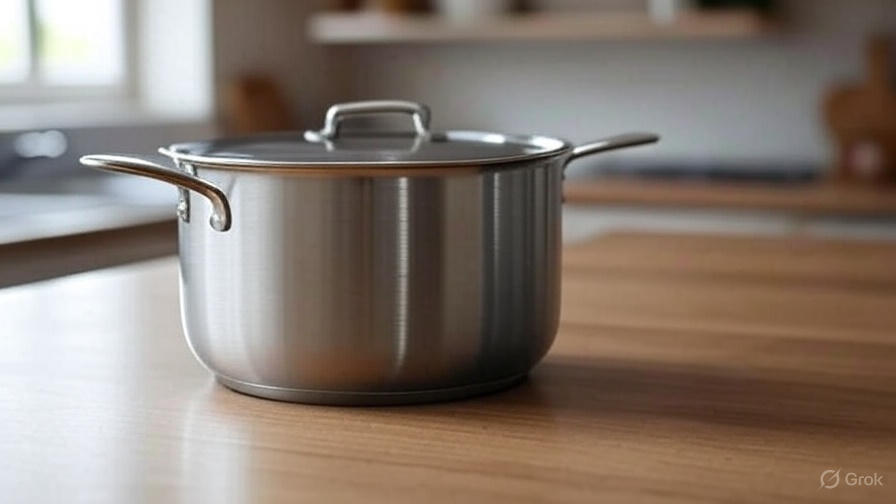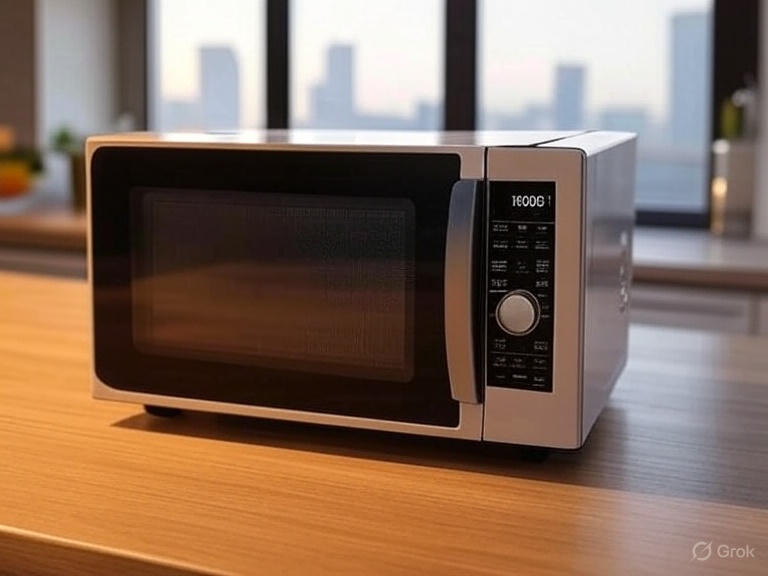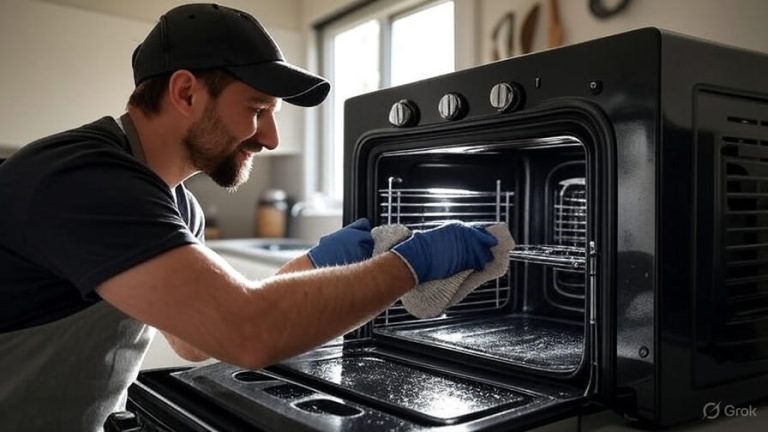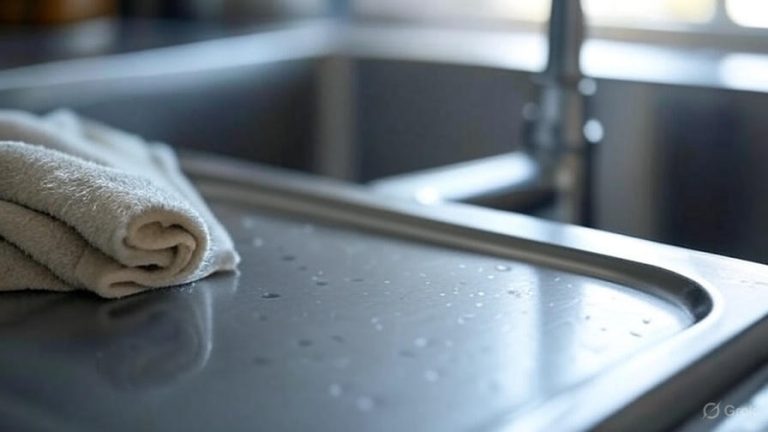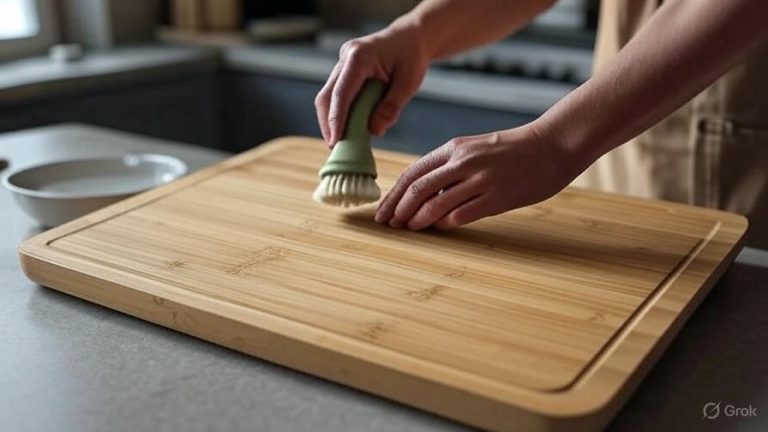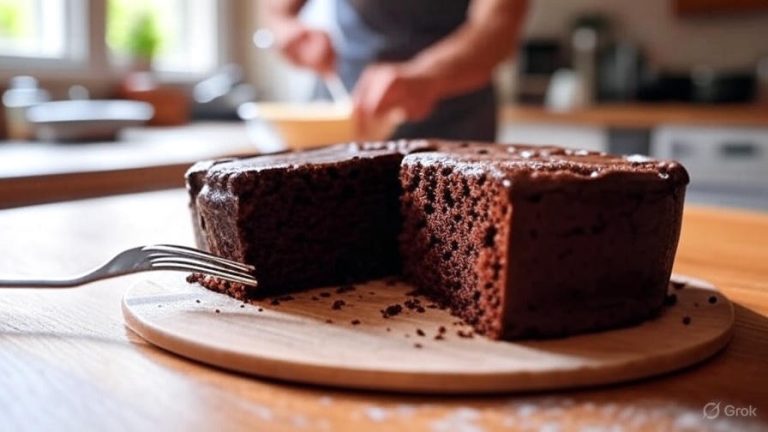How Big is a 2 Quart Pot?
When you’re shopping for cookware or following a recipe, you might find yourself wondering exactly how big a 2-quart pot really is. This common kitchen question affects everything from meal planning to storage decisions. A 2-quart pot holds 8 cups of liquid, measures approximately 8 inches in diameter, and stands about 4 inches tall – but there’s much more to know about this versatile cooking vessel.
Breaking Down the 2-Quart Capacity
The term “2-quart pot” refers to the total volume capacity of the cookware. Since one quart equals four cups, a 2-quart pot can hold exactly 8 cups of liquid when filled to the brim. However, practical cooking requires leaving some space at the top to prevent spillovers and allow for stirring.
Most chefs recommend filling pots to about 75% capacity during cooking. This means your 2-quart pot works best with approximately 6 cups of ingredients. This guideline helps prevent messy stovetop accidents and gives you room to stir soups, sauces, and other dishes without creating a mess.
The liquid measurement translates to different amounts depending on what you’re cooking. For water, 2 quarts equals exactly 64 fluid ounces. Rice expands during cooking, so you’ll use less dry rice than the pot’s full capacity. Vegetables and meat take up space differently than liquids, which affects how much you can comfortably cook at once.
Physical Dimensions and Size Comparison
A typical 2-quart pot measures around 8 inches across the top diameter. The height usually ranges from 4 to 5 inches, depending on the manufacturer and specific design. These dimensions make it a medium-sized pot that fits comfortably on most stovetops without taking up excessive space.
Different pot styles affect the exact measurements. A wide, shallow 2-quart pot might measure 9 inches across but only 3.5 inches tall. A narrow, deep version could be 7 inches wide and 5 inches tall. Both hold the same volume but offer different cooking experiences.
The base diameter typically measures 6 to 7 inches, which determines how well the pot sits on your burner. Most standard electric and gas burners accommodate this size perfectly. Induction cooktops also work well with 2-quart pots, provided they have magnetic bottoms.
Comparing 2-Quart Pots to Other Sizes
Size comparison helps you understand where a 2-quart pot fits in your cookware collection. A 1-quart pot holds 4 cups and measures about 6 inches across – perfect for heating small amounts of milk or melting butter. Moving up, a 3-quart pot contains 12 cups and typically measures 9 inches in diameter.
The jump from 2 to 4 quarts represents a significant size increase. A 4-quart pot holds 16 cups and usually measures 10 inches across. This larger size works better for cooking pasta, making big batches of soup, or preparing meals for larger families.
Professional kitchens often use 2-quart pots as their “go-to” size for side dishes and sauces. The capacity handles most standard recipes without being too large or too small. Home cooks find this size ideal for cooking vegetables for 2-4 people or making single batches of rice or quinoa.
Perfect Cooking Applications
A 2-quart pot excels at specific cooking tasks. Rice preparation works beautifully in this size – you can cook 2-3 cups of dry rice with plenty of room for expansion. The pot also handles quinoa, barley, and other grains with ease.
Sauce making becomes simple with a 2-quart pot. You can prepare marinara sauce, cheese sauce, or gravy without worrying about overflow. The size allows for proper stirring and ingredient incorporation while maintaining control over the cooking process.
Vegetable cooking benefits from the 2-quart size. You can steam, boil, or sauté vegetables for a small family. The pot works well for cooking potatoes, carrots, broccoli, and other vegetables that need adequate water coverage.
Small batch cooking finds its perfect match in 2-quart pots. When you want to make just enough soup for dinner or prepare a small amount of pasta, this size prevents waste and saves energy. The pot heats quickly and maintains temperature efficiently.
Material Considerations and Heat Distribution
Stainless steel 2-quart pots offer durability and even heat distribution. The material doesn’t react with acidic ingredients like tomatoes or wine, making it ideal for diverse cooking applications. Stainless steel also maintains its appearance over time and works with all cooktop types.
Aluminum 2-quart pots heat up quickly and cost less than stainless steel options. However, they can react with acidic foods and may discolor over time. Anodized aluminum addresses these concerns while maintaining the quick heating properties.
Non-stick 2-quart pots prevent food from sticking and make cleanup easier. These work especially well for cooking rice, eggs, and delicate sauces. The coating requires gentle handling and eventually needs replacement, but the convenience often outweighs these considerations.
Cast iron 2-quart pots provide excellent heat retention and can go from stovetop to oven. They’re perfect for dishes that start on the stove and finish in the oven. The material requires seasoning and special care but lasts for generations with proper maintenance.
Storage and Space Efficiency
Kitchen storage benefits from the compact size of 2-quart pots. They stack neatly with other cookware and don’t dominate cabinet space. The handles usually fold or nest efficiently, making storage even more convenient.
Apartment dwellers and small kitchen owners appreciate the space efficiency. A 2-quart pot provides serious cooking capability without requiring large storage areas. It fits easily in dorm rooms, RVs, and other space-limited cooking environments.
The size also makes it portable for camping trips or vacation rentals. You can pack a 2-quart pot without adding significant weight or bulk to your luggage. This portability extends your cooking options when away from home.
Energy Efficiency and Environmental Impact
Smaller pots like 2-quart models use less energy than larger alternatives. They require less water to fill and heat up faster, reducing cooking time and energy consumption. This efficiency translates to lower utility bills and reduced environmental impact.
The size encourages cooking appropriate portions, which can reduce food waste. When you cook with a 2-quart pot, you’re more likely to prepare just what you need rather than making excess food that might go unused.
Gas and electric burners work most efficiently when pot size matches burner size. A 2-quart pot typically matches standard burner dimensions perfectly, ensuring optimal heat transfer and energy use.
Shopping Tips and Price Considerations
Quality 2-quart pots range from budget-friendly options under $20 to premium models over $100. The price difference reflects materials, construction quality, and brand reputation. Mid-range options between $30-60 often provide the best balance of quality and value.
Look for pots with sturdy handles that stay cool during cooking. Riveted handles typically last longer than welded ones. The handle design affects both safety and long-term durability.
Bottom construction matters for heat distribution. Look for pots with thick, flat bottoms that sit evenly on burners. Multi-ply construction with aluminum cores provides excellent heat conduction in stainless steel pots.
Lid fit affects cooking performance. A well-fitting lid traps steam and heat, improving cooking efficiency. Some lids have steam vents, while others seal tightly. Your cooking style determines which works better for your needs.
Care and Maintenance
Proper care extends the life of your 2-quart pot regardless of material. Hand washing with gentle detergent works best for most pots. Avoid abrasive cleaners that can scratch surfaces or damage non-stick coatings.
Stainless steel pots can handle dishwasher cleaning, but hand washing preserves their appearance longer. Bar Keeper’s Friend or similar products remove water spots and restore shine to stainless steel surfaces.
Non-stick pots need gentle handling to preserve the coating. Use wooden or silicone utensils instead of metal ones. Avoid high heat settings that can damage the non-stick surface.
Cast iron requires seasoning maintenance and immediate drying after washing. A light coating of oil after each use prevents rust and maintains the seasoning layer.
Recipe Adaptation and Portion Control
Recipe conversion becomes easier when you know your pot’s capacity. Many recipes designed for 4-6 servings work perfectly in 2-quart pots. You can halve larger recipes or double smaller ones to match the pot’s capacity.
The size helps with portion control since you can visually gauge how much food you’re preparing. This visual feedback helps with meal planning and prevents overcoking.
Professional chefs often prefer cooking smaller batches for better control over doneness and seasoning. A 2-quart pot allows home cooks to apply this same principle.
Conclusion
A 2-quart pot measures approximately 8 inches across and 4-5 inches tall while holding 8 cups of liquid at full capacity. This versatile size works perfectly for cooking rice, making sauces, preparing vegetables, and handling numerous other kitchen tasks. The compact dimensions make it ideal for small kitchens while still providing adequate cooking capacity for most recipes.
The pot’s size strikes an excellent balance between functionality and convenience. It’s large enough to handle substantial cooking tasks but small enough to store easily and heat efficiently. Whether you’re a beginner cook or an experienced chef, a quality 2-quart pot deserves a place in your cookware collection.
When shopping for a 2-quart pot, consider your cooking style, storage space, and budget. The right choice will serve you well for years, making countless meals more enjoyable and efficient. The investment in a good 2-quart pot pays dividends in cooking versatility and kitchen convenience.

